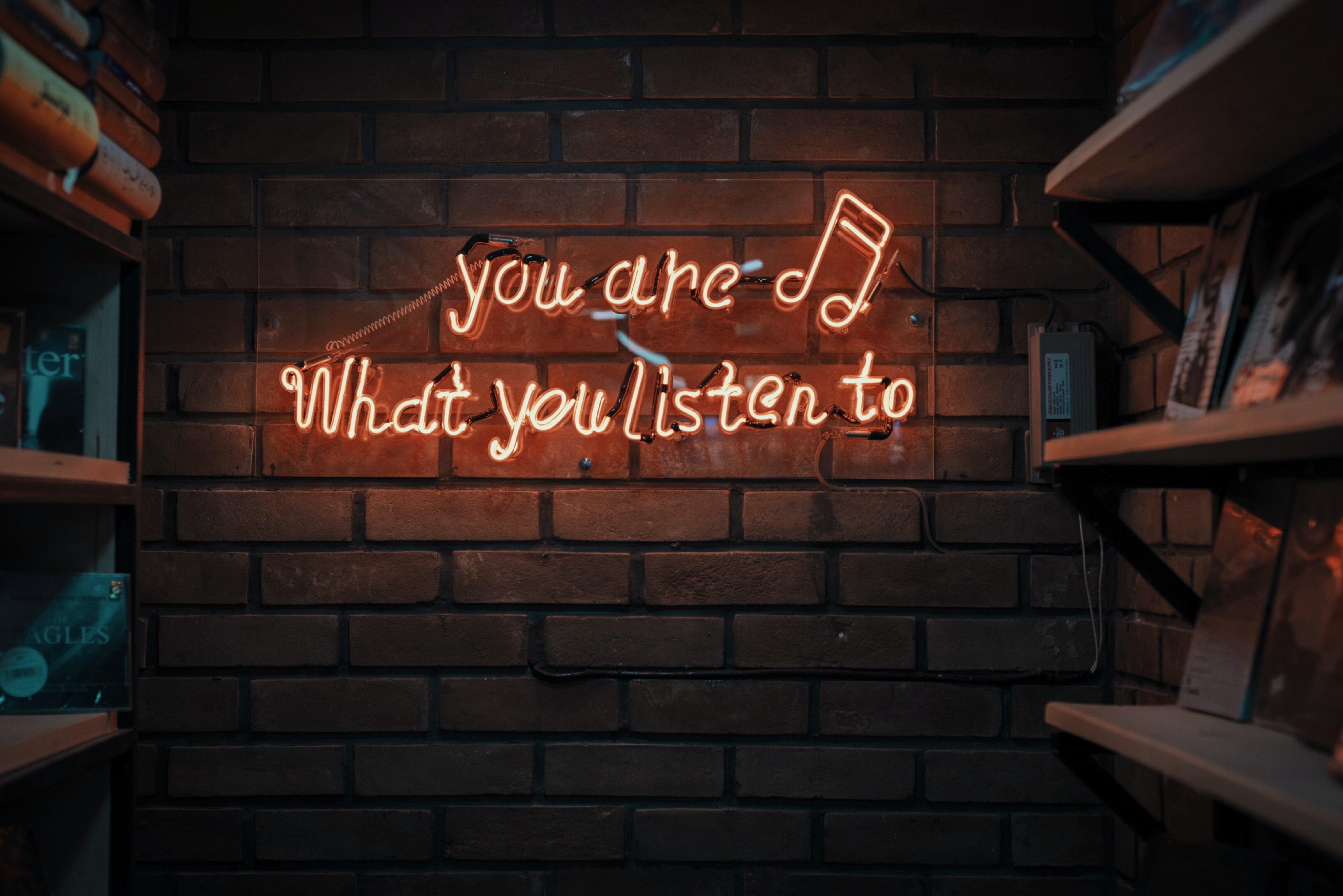The True Cost of Data-Driven Portrait Photography A 2024 Analysis

I've been spending a lot of time recently looking at how digital imaging, particularly portraiture, is shifting under the weight of automated analysis and algorithmic processing. It strikes me as a peculiar moment in photographic history where the light captured is only the starting point, not the destination. When we talk about "data-driven" portrait photography, we're moving beyond simple color correction or sharpening; we are now talking about systems that use vast datasets of human faces, expressions, and aesthetic preferences to construct or heavily modify an image before it ever reaches the final viewer. This isn't just about retouching blemishes anymore; it's about statistical optimization of perceived beauty or emotional impact, guided by models trained on billions of pre-existing examples. The question that keeps nagging at me is: what is the actual transactional cost of this automation, beyond the obvious software subscription fees?
Consider the raw materials involved. Every time a system processes a face—identifying landmarks, adjusting skin texture homogeneity, or even synthesizing lighting that wasn't physically present—it consumes computational resources, and crucially, it references that massive training library. That library itself represents an enormous, often uncompensated, collection of prior human work and likenesses. Let’s pause and reflect on that for a moment: the current standard of "high-quality" automated portraiture is built upon an unstated agreement regarding the use of previous photographic data. I want to dissect the hidden energy drain and the subtle erosion of individual artistic signature that this reliance on pre-validated visual data introduces into the production pipeline.
The first major cost I see isn't monetary, but operational, rooted in energy consumption and hardware depreciation. Running sophisticated generative adversarial networks or deep learning models for high-resolution batch processing requires substantial GPU time, and that translates directly into electricity usage that scales with volume. If a studio processes a thousand portraits a day using heavy AI assistance for skin smoothing and background replacement, the cumulative power draw becomes non-trivial, especially when measured against the relatively low energy expenditure of traditional digital darkroom work like manual dodging and burning. Furthermore, this intense computational load necessitates frequent hardware upgrades; the specialized accelerators needed today will likely be obsolete in three years as model architectures become more demanding, creating a forced obsolescence cycle just to maintain parity with the current "standard" output quality. This constant need to refresh silicon isn't just about capital expenditure; it’s about the material throughput required to feed the beast of ever-increasing processing capability necessary for near-instantaneous, high-fidelity results that clients now expect as baseline.
The second, perhaps more philosophically thorny, cost relates to aesthetic convergence and the devaluation of the accidental. When algorithms are trained to identify and reproduce statistically "successful" facial compositions—the ideal catchlight placement, the statistically preferred jawline angle—they naturally steer output toward the mean of desirable aesthetics present in the training data. This creates a powerful gravitational pull toward visual conformity across different photographers using similar toolsets, effectively flattening the expressive range available to the human operator. I worry that the unique, slightly "off," or unconventional choices that often define truly memorable portraiture—the slightly harsh shadow, the unexpected expression caught between smiles—are systematically ironed out in favor of a statistically safer, more broadly acceptable visual product. This isn't just theoretical; I observe it in the increasing homogeneity of commercial headshots, where every subject looks perfectly polished, yet somehow visually interchangeable with the next person processed by the same software suite. The true cost here is the potential loss of idiosyncratic visual language, traded away for speed and predictable market acceptance.
More Posts from transcribethis.io:
- →High School Student Develops Free AI Portrait Generator, Challenging Professional Photography Costs
- →Deconstructing Outdoor Podcasts Impact on Listening to Nature
- →The Ethics of Self-Promotion in Online Communities A 2024 Perspective
- →The Neural Science Behind AI Hallucinations Why Language Models Create False Information
- →How Containerization Changed Software Development A Historical Perspective from 1979 to 2024
- →Australian Government Study Reveals AI Summaries Score 93% Lower Than Human-Generated Content in Document Analysis